“It depends from municipality to municipality, because it is the municipalities that choose that same date. I know that most municipalities chose Saturday, 12 June, for the start of the bathing season”, said the Minister of Environment and Climate Action, João Matos Fernandes.
The theme of the bathing season came up after the CDS-PP deputy Pedro Morais Soares, questioned the minister about the start date and when the diploma on the rules of the Directorate-General for Health for the beaches is expected to be issued.
Regarding the rules of access and occupation of beaches, the Minister of the Environment said that the decree-law was approved on Thursday in the Council of Minister and has yet to be promulgated by the President of the Republic, so that it can be published in the Diário da República.
“We believe that because the rules are so similar to those last year, that there is no reason why the law should not be [enacted] and will be published soon,” said João Matos Fernandes.
Last week the Government approved the rules for access and occupation of beaches during the bathing season, with changes compared to last year in terms of sports activities on the beach and the use of leisure equipment.
In a press conference at the end of the Council of Ministers, the Minister of the Presidency revealed that the rules applied in the bathing season of 2020 are maintained to a large extent due to the pandemic of the covid-19, with the exception of those related to sports activities on the beach or the use of some leisure equipment on the beaches”.
“The remaining measures, such as the need to use a mask to access cafes or restaurants and bathrooms, and no need to use a mask on the beach remain,” said Mariana Vieira da Silva, without specifying the changes to be made this year.
Last year it was determined that beach users should ensure a physical distance of 1.5 metres between different groups and a distance of three metres between parasols.
The use of the sandy beaches was prohibited for “sports activities with two or more people, except nautical activities, surf lessons and similar sports”.
A “traffic light type” was also installed, in which the colour green indicated low occupancy (1/3), yellow high occupancy (2/3) and red full occupancy (3/3).














